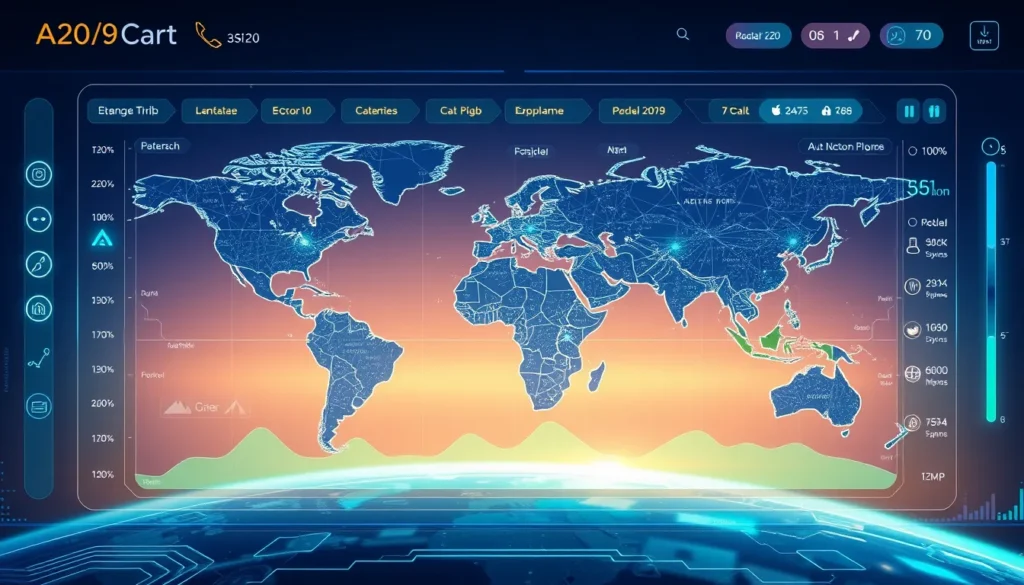Now Reading: AI Chatbots Disinformation: Weaponizing LA Protests
-
01
AI Chatbots Disinformation: Weaponizing LA Protests
AI Chatbots Disinformation: Weaponizing LA Protests

AI Chatbots Disinformation: Weaponizing LA Protests
In recent times, the phenomenon of AI chatbots disinformation has rapidly become a critical issue in the realm of public discourse and political protests. As the dynamics of protests in Los Angeles evolve, these AI-driven technologies are being weaponized to spread misleading content, blur the lines between fact and fiction, and ultimately destabilize genuine narratives.
Understanding the Rise of AI Chatbots Disinformation
The fusion of advanced technology with political and social events has given rise to an era where AI chatbots disinformation is not only possible but alarmingly effective. With sophisticated natural language processing and rapid content generation capabilities, these tools can be misused to fabricate news and manipulate public sentiment. At the heart of this issue lie several factors:
- Rapid content generation that overshadows traditional journalism.
- The deliberate crafting of persuasive yet false messages.
- The quick dissemination of fabricated narratives across social media platforms.
Such factors have contributed to a complex environment where misinformation in protests, especially in areas like Los Angeles protests, is increasingly prevalent. The capability of these systems to simulate human-like interactions makes them difficult to trace, resulting in significant challenges for both authorities and the public.
Weaponization of AI Chatbots in Public Discourse
Technology that was once celebrated for its potential to streamline communication and enhance information dissemination is now facing criticism for its misuse. The weaponization of AI chatbots disinformation is a growing concern, primarily due to its ability to:
- Intensify polarization in politically charged environments.
- Diminish trust in genuine news sources, undermining citizen journalism.
- Provide malicious actors with a means to manipulate narratives during critical events like protests.
These consequences are not isolated to the streets of Los Angeles; they resonate on a global scale. Digital disinformation, particularly during heightened social unrest, threatens the very foundation of democratic discourse. The spread of fake news AI narratives further complicates the ability of individuals to discern fact from fiction.
How AI Chatbots Spread Disinformation in LA Protests
A closer analysis reveals that AI chatbots disinformation plays a major role in shaping perceptions during protests. Specifically, by automating the creation of misleading content, these chatbots are able to inject false narratives into discussions about Los Angeles protests. Key observations include:
- The use of programmed scripts to replicate human debate tokens.
- Strategic timing during peak protest moments to maximize impact.
- Leveraging social media to amplify divisive messages.
Such trends have amplified concerns among policymakers, tech companies, and civic groups who are alarmed by the potential for AI misuse to disrupt societal trust. More detailed examinations of these impacts are essential to understand how AI-driven disinformation techniques evolve over time.
Regulatory Challenges of AI-Driven Misinformation
One of the most pressing issues surrounding AI chatbots disinformation is the regulatory gap that currently exists. Traditional legal frameworks were not designed to address the nuances of AI misuse. This leaves technology at the mercy of rapid innovation with few checks in place. Some of the regulatory challenges include:
- Defining clear accountability for AI-generated content.
- Establishing robust partnerships between regulatory bodies and tech companies.
- Developing enhanced digital literacy programs for the public.
In addition, government agencies like the U.S. White House and news outlets such as the Los Angeles Times have started to explore strategies to prevent the harmful effects of digitally fabricated news. Advances in the weaponization of AI chatbots mean that policymakers must constantly evolve their approaches to remain effective in the face of ever-changing technology.
Future Initiatives and Mitigation Strategies
As advocates for transparent communication and safe technology usage, experts emphasize the need for proactive solutions. Several mitigation strategies for combating AI chatbots disinformation are being discussed both in academic circles and by regulatory bodies:
- Immediate collaboration between technology firms and government agencies to create shared protocols.
- Investment in advanced verification tools to detect falsified AI content promptly.
- Implementation of educational programs aimed at increasing public awareness of digital disinformation.
These measures, if properly implemented, can help restore trust in public discourse and reduce the impact of weaponizing AI chatbots during politically sensitive events such as Los Angeles protests. Moreover, ongoing research into how AI chatbots spread disinformation in LA protests remains crucial in adapting these strategies and ensuring that regulatory practices keep pace with technological advancements.
Conclusion
In summary, the emergence of AI chatbots disinformation represents both a technological marvel and a significant threat. Through the weaponization of AI chatbots, false narratives can be spread with unprecedented speed, particularly in volatile environments like the Los Angeles protests. This challenge calls for a collective effort by policymakers, technology experts, and the public to develop effective regulatory and educational responses. As we continue to navigate the digital era, ensuring the ethical use of AI and safeguarding public discourse must remain top priorities.
By understanding the mechanics behind AI chatbots disinformation and addressing the regulatory challenges head-on, society can better prepare for a future where technology complements truth rather than compromises it. The balance between innovation and regulation is delicate, but with informed strategies and collaborative efforts, the risks associated with AI misuse can be managed effectively.

























